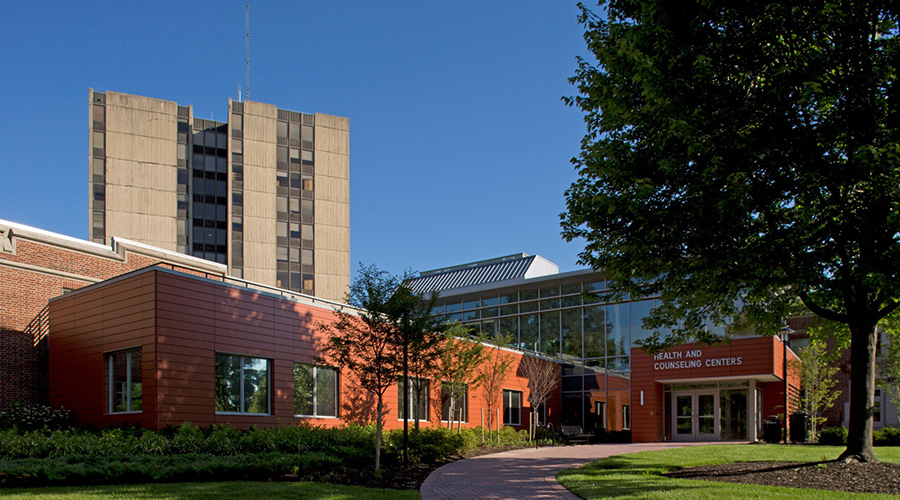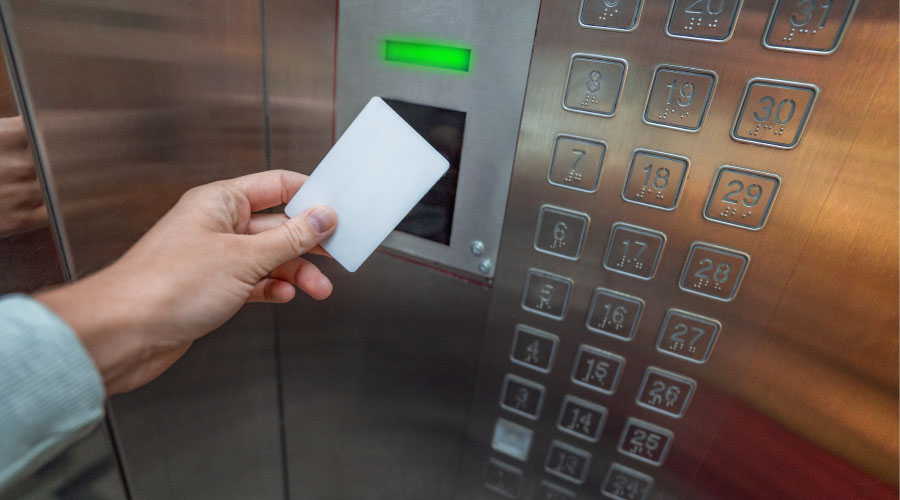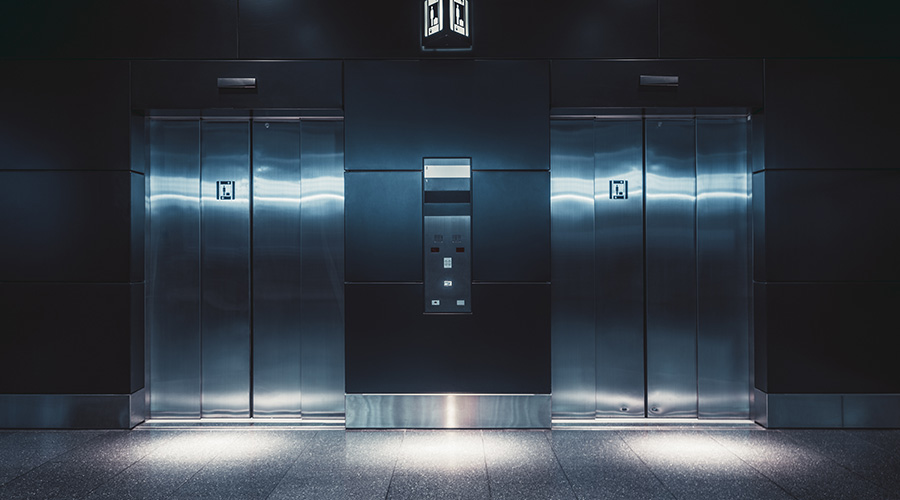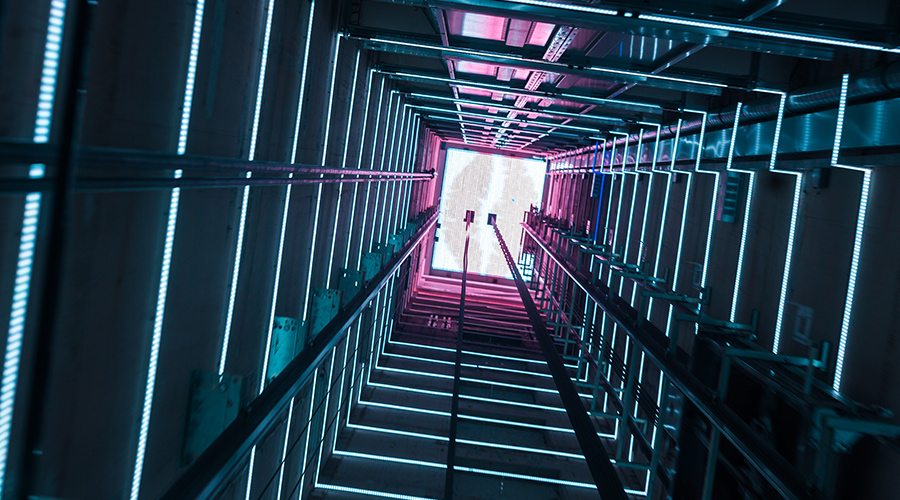Destination Dispatch, Machineroomless Systems Are Current Wave of Elevator Technology
When it comes to putting in a new elevator or modernizing an existing one, there are two main areas where big changes are taking place, and they're fairly neatly divided by facility type.
In large facilities with a lot of traffic, destination dispatch offers a more efficient way to get people where they want to go. In smaller, lower-rise applications, machineroomless elevators are gradually taking a larger and larger share of the market from traditional hydraulic elevators.
In both cases, the new systems can offer substantial savings in energy use and total cost of ownership. Destination dispatch cuts down on the travel time and constant stops and starts of carloads full of people all going to scattered floors. Machineroomless systems save space and energy by using counterweights and other advances to require smaller motors.
Quicker Trips
Destination dispatch revolves around trying to make the trip from the lobby to your destination in as short a time as possible. If you've got a five-story facility, the benefits might not be enough to make an investment worthwhile. But in a high-rise building, the potential benefits can be substantial.
"You typically would have to have a lot of traffic in your facility and a certain number of elevators in your bank to make this technology work," says Kellie Lindquist, marketing manager, KONE. "It really is there to help you kind of optimize your traffic flow in your lobbies and get people to where they need to be."
Walk into a large facility without destination dispatch and the routine is the same: Push a button, wait for the elevator, push another button inside and wait to get to your floor, with an indeterminate number of stops along the way.
"You get on an elevator say, at 8 a.m., and you get on with 10 other people," says Matt Watkins, executive vice president, Americas operating unit, ThyssenKrupp Elevator. "You need to get to floor 25, but all the other people have go to other floors, so you're making nine stops on the way there. Not efficient, right?"
Destination dispatch makes travel more efficient by assigning an elevator to a passenger — and that passenger to an elevator — based on a number of factors, including which elevator would be available the quickest and which group of passengers has destinations closest to yours. So, if you're going to the 37th floor, you might be grouped with six other passengers who are going somewhere between the 35th and 42nd floors, while someone going to the 43rd floor might get assigned to another elevator entirely.
Related Topics:













